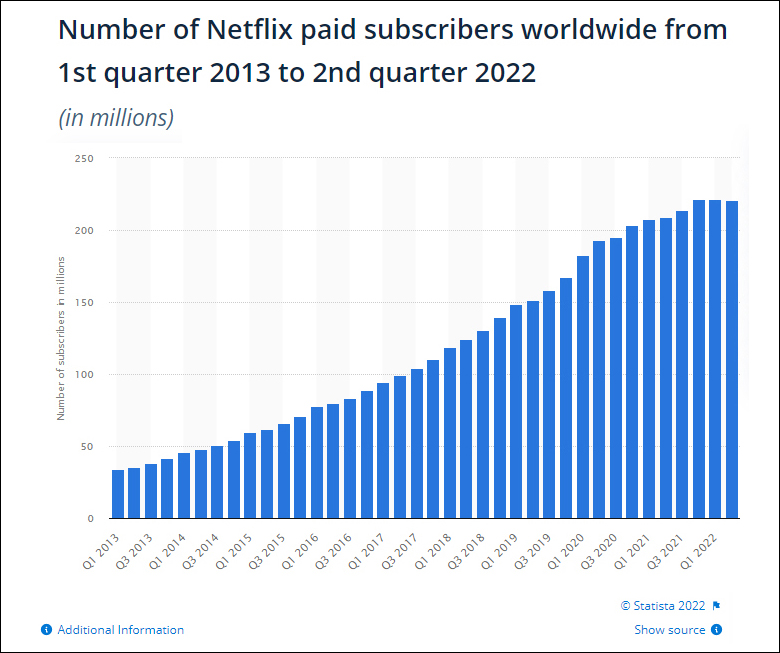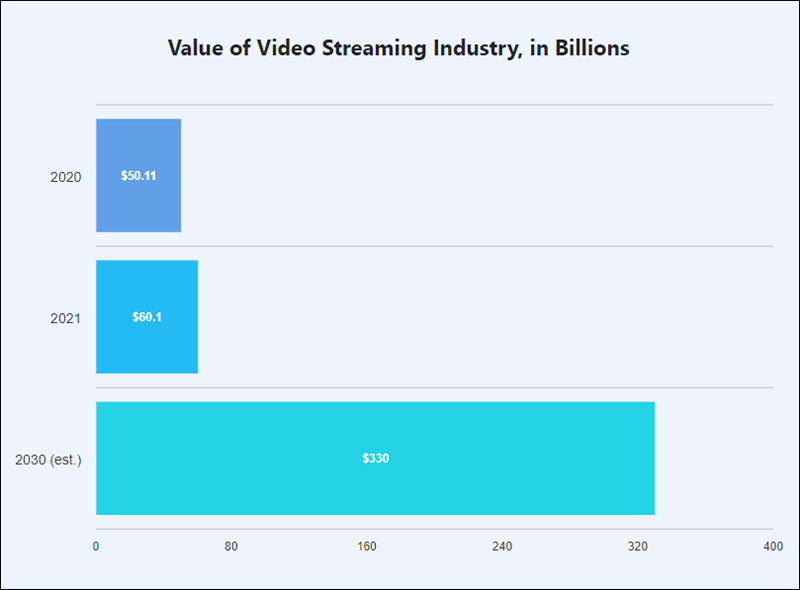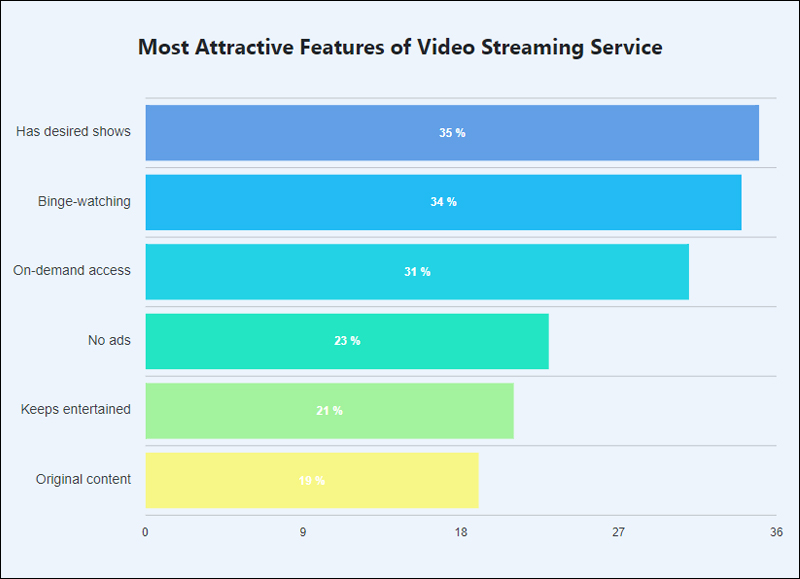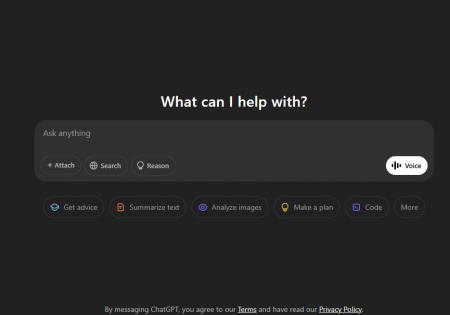Video streaming makes up a bulk of global internet usage today, but how it came to pass reveals the ultimate human ingenuity writes Satyen K. Bordoloi
When the first concert was broadcast live in 1993 as a proof of concept by Xerox, it hogged nearly half of the world’s total available internet data. No one thought of it back then, but that first streaming would become a metaphor for today when over 80% of all internet traffic is video i.e. streaming, and an average person is said to spend nearly 100 minutes daily watching videos.

While we marvel at the latest content that grips our fancy on Netflix, YouTube, TikTok etc., very few of us heed the tremendous hard work and ingenuity behind ensuring that the content on our devices streams seamlessly.

Think about this: every one of these video streaming providers, every moment of every day and every year, literally services hundreds of millions of people who are watching something. What this means is that every moment these services are holding and maintaining these many connections at the same time. This is a marvel; a miracle of networking technology and these services use different tricks to do this.
Streamers
Firstly, they use multiple different languages for their APIs – Application Programming Interface i.e. the link between two applications and how they communicate using requests and responses. E.g., Netflix uses API in multiple computer languages like Java, Python and Node.JS. These APIs are the ones that establish a connection between your device and the server where the data is located.
In 2015, Netflix moved away from centralized data centers where all of its contents were stored to public clouds. In the war between streaming giants, you believe Netflix and Amazon are enemies, but you’ll be surprised that Netflix uses the cloud services provided by Amazon Web Services (AWS). What this means is that Netflix’s contents are stored in different Amazon servers instead of Netflix’s own as before 2015 and whenever a request is made, Netflix’s APIs connect the content and the user.
Sify Technologies – Networks and Communication Services
Here’s what AWS says on its sales portal, “AWS enables Netflix to quickly deploy thousands of servers and terabytes of storage within minutes. Users can stream Netflix shows and movies from anywhere in the world, including on the web, on tablets, or on mobile devices such as iPhones.”
Streamers that allow you to upload
Other platforms like TikTok and YouTube are different from Netflix or Disney Plus because they are not only streaming data stored somewhere to hundreds of millions of users across the world, but they are also taking in uploaded data from millions of creators across the world. Thus, the data storage and transfer capabilities that these platforms need are much larger and more complicated.
YouTube, ever since it was brought over by Google, has not had to rely on others for its data storage. Most YouTube data is stored in Google cloud data centers. If enough people upload videos, will it run out of data storage? The answer is no because Google relies on a huge network of data centers worldwide. Besides their home country USA, its data centers are located in multiple countries of every continent in the world except Antarctica.
Seamless Streamers
YouTube is the one that pioneered what was called the Google Modular Data Centers i.e. a kind of portable data center placed near where the data storage requirement is quite high. This has kind of become the norm in the industry. Let’s understand that with examples.
Let us say the box-office rage Brahmastra is to release on Netflix this Friday. It is a Hindi film and based upon the past viewing of Hindi content on its platform, Netflix has an idea of which parts of the world it will be watched most it. E.g., Being a Hindi film, it will be viewed most in northern, central and western India. The viewing down south won’t be as high. Globally, it will be watched where Indians and Pakistanis live most. Thus, a good part of the UK will show a high demand for the movie and so with part of the US that has a large South-Asian diaspora.
Knowing this, Netflix will ‘cache’ the film in servers of the internet service providers near demand locations. Thus when a user presses play on her device, the request might go to Netflix’s central location, but the actual video will play from a server much nearer to the device’s location, sometimes mere miles away. That is one of the main ways by which all of these apps can give a seamless connection despite hundreds of millions of connections crisscrossing every second of the day.

Often, your own device is used as a catching device. Say you are watching reels on Instagram. You watch one for 15 seconds and then swipe up to view the next. This next is curated by Instagram which means they know what the next video will be and the next all the way down to perhaps the next 50 videos. Thus instead of waiting for you to scroll up and play the next video, while you are watching the first one, the app has already downloaded and stored the next 10 or 20 videos on your device as a cache. That is the reason why you get such a lag-less, seamless viewing experience on your device even when you watch for hours at a stretch.

Artificial Intelligence
AI has become an integral part of all streamers. Right from the landing page that you see on opening an app that is curated for every single individual e.g., the homepage of Netflix you see, will be different from what your partner will see even if s/he is right next to you. That’s because the AI algorithms, thanks to your previous viewing, have learned what you like and will thus recommend accordingly. The same happens in each and every popular app: YouTube, Instagram, TikTok, Twitter, Facebook, etc. Indeed, this AI curation is the reason for their popularity.
The way these AI algorithms are made, trained, and tweaked, is a fascinating science in itself. But its end goal is one: to get you hooked to the content on these platforms. That is why when you thought you’ll take a 10-minute break to watch Instagram reels before you realize you have spent an hour doing so. This is what makes you addicted to these platforms which benefit from making you lose your focus on everything else except what you are watching.
It has often been said that the future isn’t what it used to be. The streaming platforms would differ; they know exactly what the future of anyone who’s logged into their app will be: it will be spent watching an endless stream of videos thanks to the amazing streaming technology that has indeed, changed the world beyond recognition. Yet, it has only just begun.
In case you missed:
- Susan Wojcicki: The Screaming Legacy of The Quiet Architect of the Digital Age
- How Lionsgate-Runway Deal Will Transform Both Cinema & AI
- What are Text-to-Video Models in AI and How They are Changing the World
- AI Taken for Granted: Has the World Reached the Point of AI Fatigue?
- Rise of Generative AI in India: Trends & Opportunities
- And Then There Were None: The Case of Vanishing Mobile SD Card Slots
- Is Cloud Computing Headed for Rough Weather
- DeepSeek not the only Chinese model to upset AI-pple cart; here’s dozen more
- Rise of the Robolympics: When R2-D2 Meets Rocky Balboa
- 9 new ways to power data centers: the unthinkable to the absurd









